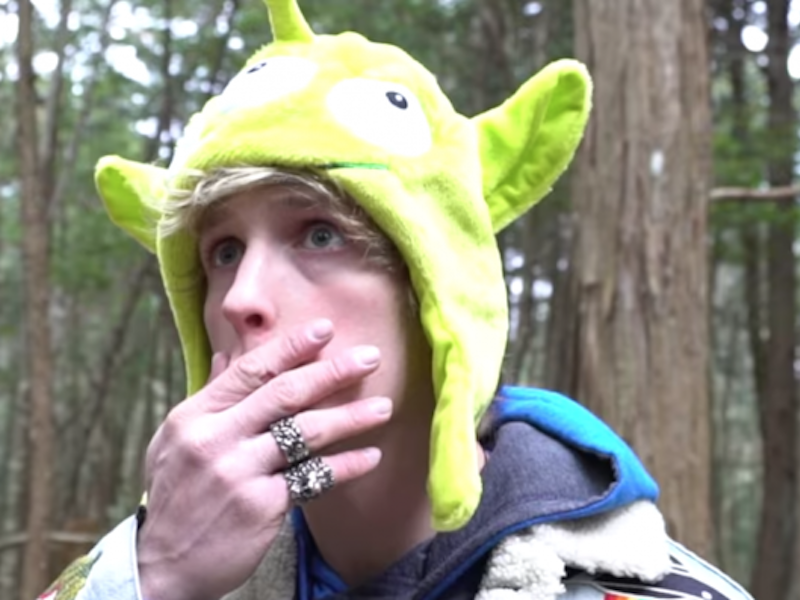- YouTube is setting up an “Intelligence Desk” to weed out dicey content before it spirals out of control and brands get involved.
- The move is the latest in a series of efforts by the company to win back advertiser trust.
- Earlier this week, for instance, YouTube upped the requirements for channels to be eligible to carry ads.
YouTube is trying to get its act together in the wake of its brand safety crisis, setting up an “Intelligence Desk” to weed out dicey content before it spirals out of control raising alarm for marketers.
The desk is intended to be a multi-pronged “early detection” initiative and was described in a briefing sent out to advertisers by the company, BuzzFeed News first reported. This is the latest step in a wider push by Google to address the brouhaha around digital advertising and ‘brand safety.’
YouTube’s Intelligence Desk will reportedly comb through Google data, user reports, and social media trends and rely on third party consultants to detect inappropriate content early. It is a measure that will either remove the problematic content or prevent brands’ ads from appearing alongside it.
“As we outlined in a blog in December, we’re expanding our work against bad actors trying to abuse our platform. This includes hiring more people working to address potentially violative content and increasing our use of machine learning technology. We can confirm that part of those efforts will include assembling new teams dedicated to protecting our platform against emerging trends and threats,” a YouTube spokesperson told BuzzFeed News.
Brand safety has emerged as a huge concern for the Google-owned video platform over the past year, with several big marketers finding their ads next to objectionable content including hate videos and child-exploitation clips on YouTube. Most recently, YouTube star Logan Paul came under fire for posting a video featuring a dead body.
The move comes on the heels of YouTube trying to take the challenge head on in a bid to win back advertisers in recent weeks, who were far from satisfied with its response initially. Some, like JPMorgan Chase, even set up their own brand-safe algorithms to make sure their ads didn't end up next to unsavory videos on the platform.
Earlier this week, for instance, YouTube upped the requirements for channels to be eligible to carry ads, saying that creators on its platform would now need 4,000 hours of total watch time in the previous 12 months and 1,000 subscribers in order to get paid for ads. Further, it also said that Google Preferred videos would be vetted by humans before ads ran on them.
The company is also planning to add 10,000 content moderators by the end of the year.

